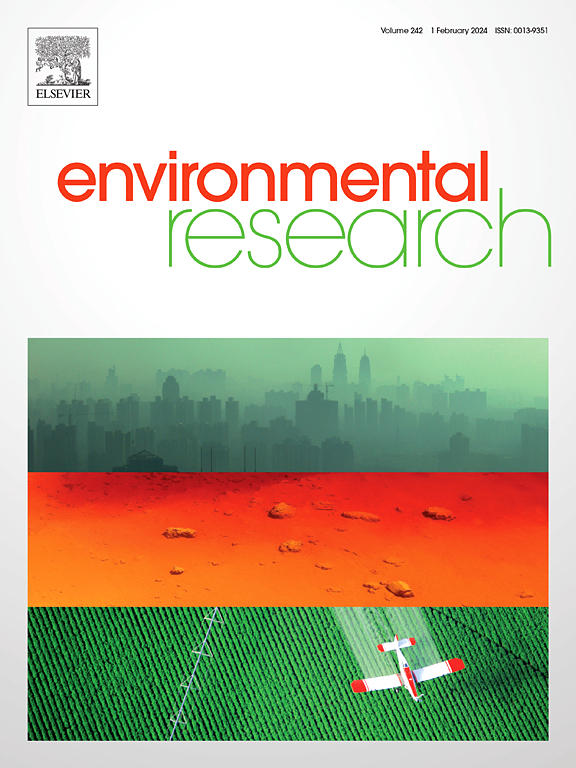Insight into the transformation of phosphorus in soil affected by microplastics: A review
IF 7.7
2区 环境科学与生态学
Q1 ENVIRONMENTAL SCIENCES
引用次数: 0
Abstract
The presence of microplastics (MPs) exerts detrimental effects on soil ecosystems worldwide, subsequently affecting the soil phosphorus (P) cycling. However, the effects of MPs on soil P availability and speciation remain inconsistent, and the underlying factors and mechanisms have not been systematically discussed. Therefore, the impact of MPs on the availability and speciation of P should be clarified for the efficient management of P in the MP-polluted farmland soil. This study provides a systematic review of the effects of MPs on the transformation of P in soil, and special emphasis is given to the influence pathway and mechanisms. In the light of meta-analysis results, the addition of MPs significantly decreased the P availability in soil by 7.28 %–55.94 % (P < 0.05). The responses of soil P species to MPs were mainly driven by MP characteristics, soil properties, and exposure durations. MPs influenced soil P transformation through multiple pathways including P adsorption, alterations in soil physicochemical properties, modifications to microbial communities, and changes in soil phosphatase activities. Further studies should prioritize high-resolution identification of P species and analysis of P-related microbial functional genes to further reveal the evolution of soil P during the MP-mediated process.

微塑料对土壤磷转化的影响研究进展
微塑料的存在对全球土壤生态系统产生不利影响,进而影响土壤磷循环。然而,多磺酸盐对土壤磷有效性和物种形成的影响仍不一致,其影响因素和机制尚未系统探讨。因此,为了有效地管理受MPs污染的农田土壤中的P,应明确MPs对P的有效性和形态的影响。本研究对多磺酸盐对土壤磷转化的影响进行了系统综述,重点阐述了其影响途径和机制。meta分析结果显示,mp的添加显著降低了土壤磷有效性7.28% ~ 55.94% (P < 0.05)。土壤磷对多聚磷的响应主要受多聚磷特性、土壤性质和暴露时间的影响。MPs通过吸附磷、改变土壤理化性质、改变微生物群落和改变土壤磷酸酶活性等多种途径影响土壤磷的转化。下一步的研究应优先开展高分辨率的磷物种鉴定和磷相关微生物功能基因分析,以进一步揭示mp介导过程中土壤磷的演变。
本文章由计算机程序翻译,如有差异,请以英文原文为准。
求助全文
约1分钟内获得全文
求助全文
来源期刊

Environmental Research
环境科学-公共卫生、环境卫生与职业卫生
CiteScore
12.60
自引率
8.40%
发文量
2480
审稿时长
4.7 months
期刊介绍:
The Environmental Research journal presents a broad range of interdisciplinary research, focused on addressing worldwide environmental concerns and featuring innovative findings. Our publication strives to explore relevant anthropogenic issues across various environmental sectors, showcasing practical applications in real-life settings.
 求助内容:
求助内容: 应助结果提醒方式:
应助结果提醒方式:


